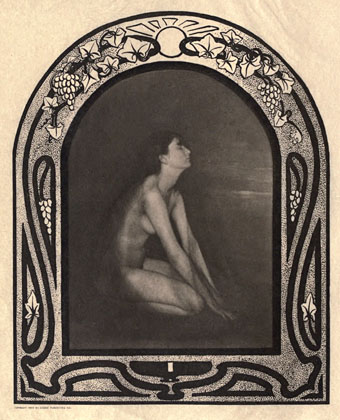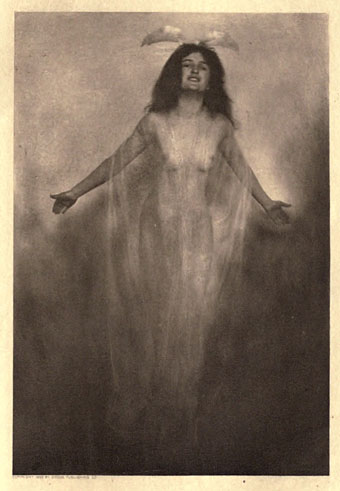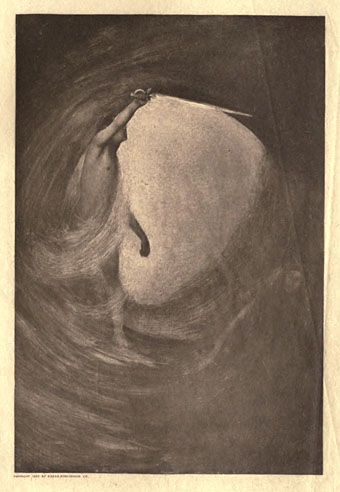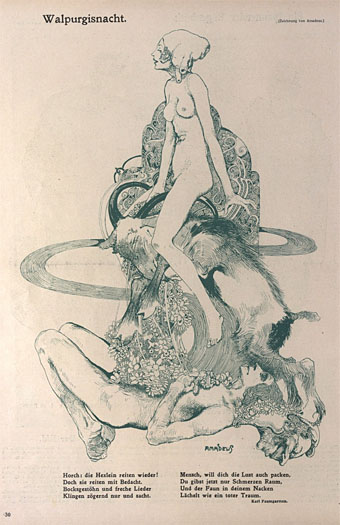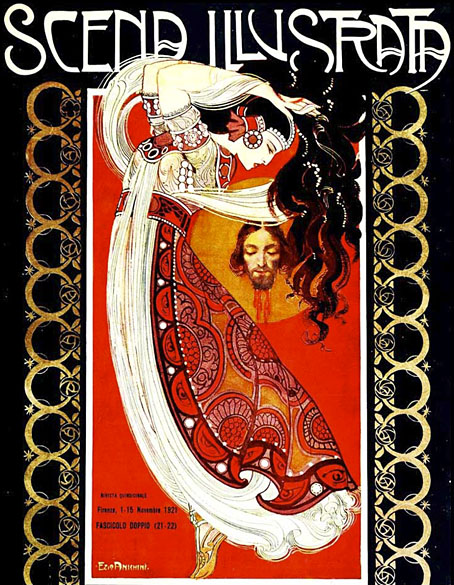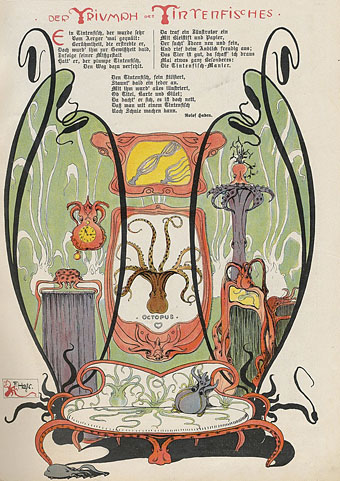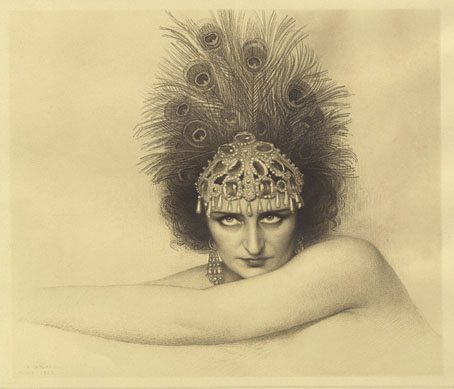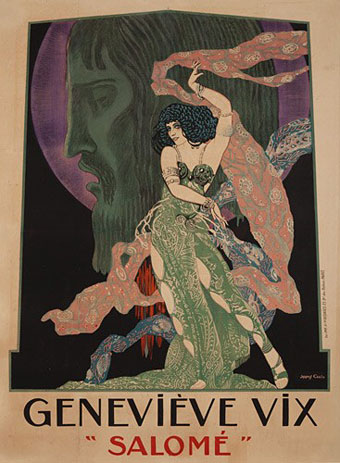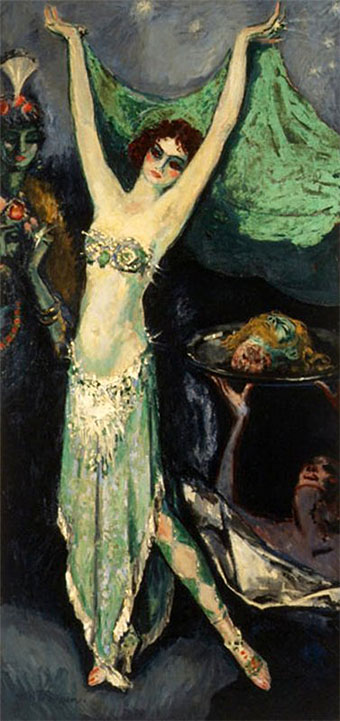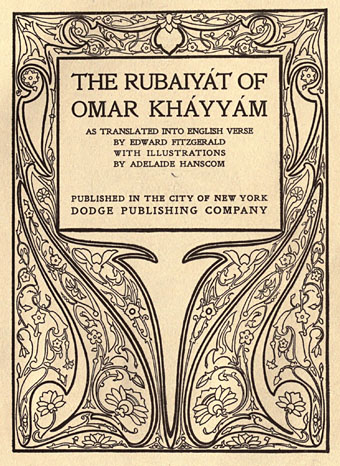
(Apologies again for the downtime, the fourth outage this month.)
Thanks are due to Beautiful Century for drawing my attention to this 1905 edition of the Rubáiyát illustrated by Adelaide Hanscom (later Adelaide Hanscom Leeson). Hanscom (1875–1931) was an American artist and photographer whose work here is notable for the early use of photographs to illustrate a popular book, and for many of those photographs being nude portraits of her literary friends. No doubt the “exotic” theme enabled these to escape opprobrium at a time when male nudity (in photographs at least) was a very scarce commodity. The book was understandably popular, and a later edition featured tinted plates, an example of which can be seen below. A few of the plates look too much like what they were—friends of the artist posing in costumes—but the majority achieve that nebulous atmosphere, common to much photography of the time, that sought to imitate the effects of painting. Browse the rest of the book here or download it here.
